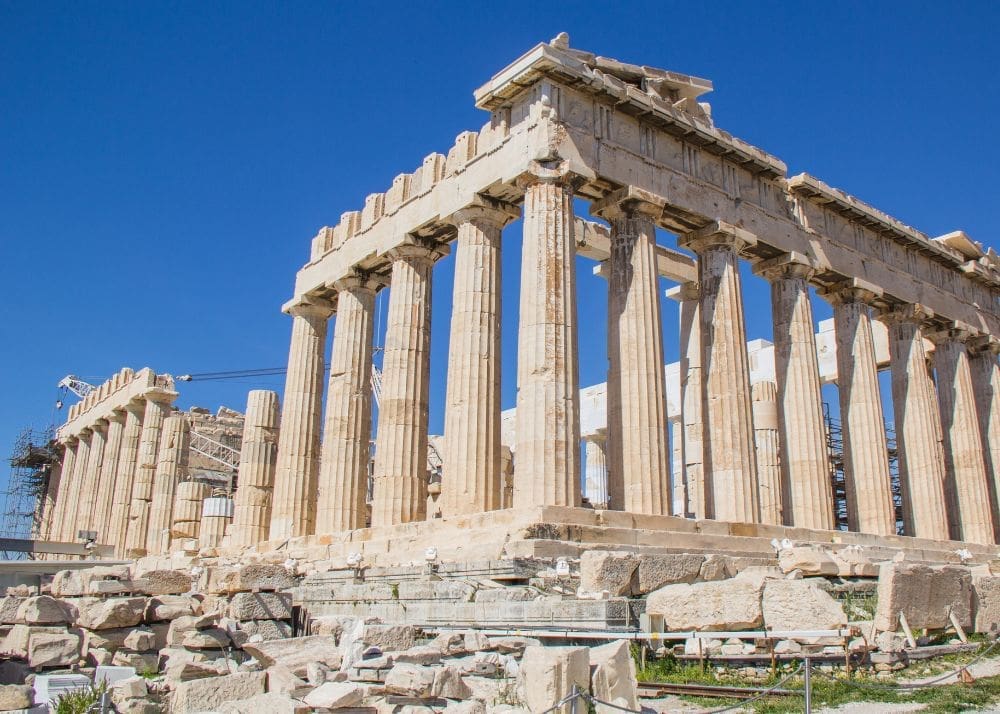Mythological Mineral Names: The Fascinating Connection Between Rocks and Legends
Introduction The Myths Beneath Our Feet
There’s an enchanting overlay between the stories we tell and the ground we walk on. Minerals, fundamental to our Earth, often carry names steeped in the rich tapestry of mythology. In this article, we uncover the mythological mineral names that add a layer of wonder to the geological domain. As we explore these names, we not only connect to our past but also gain insight into the lore that has shaped the narrative of natural sciences.
Answering the Mythological Origins Echoes of Ancient Gods
The etymology of minerals like aegerite and thorite harkens back to the Scandinavian deities of the sea and thunder. Roman lore contributes through martite, named for Mars, which sports a red streak as intense as the god of war himself. Even the elusive movements of mercury, known for its liquid form, pay homage to the swift Roman messenger god, Mercurius. From Greek mythology, we receive castorite and pollucite, twin minerals named after the legendary siblings Castor and Pollux, and tantalite, a mineral as stubborn in solubility as the tales of Tantalus are in our cultural memory.
Detailed Mythological Insights Legends Carved in Stone
These mythological mineral names aren’t mere footnotes in dusty tomes; they carry with them the characteristics and stories of their namesakes. Neptunite, as dark and mysterious as the depths of Neptune’s domain, represents the vast and unknown seas. Mercury, or quicksilver, with its ability to elude capture, mirrors the agility of Mercurius, the divine herald. The connection to the divine is not just poetic but also offers a glimpse into how ancient cultures sought to understand and personify the natural world.
And here is a table with eight examples of minerals with mythological names, their origins, and their notable properties:
| Mineral Name | Mythological Origin | Notable Property | Use in Modern Times |
|---|---|---|---|
| Aegerite | Aegir (Norse sea god) | Deep green color | Used as a gemstone |
| Thorite | Thor (Norse god of thunder) | Radioactive | Research purposes |
| Martite | Mars (Roman god of war) | Red streaks | Collectible specimens |
| Neptunite | Neptune (Roman sea god) | Deep blue and black | Ornamental stone |
| Mercury | Mercurius (Roman messenger god) | Liquid at room temperature | Used in thermometers and barometers |
| Castorite | Castor (Greek mythology) | Resembles tin ore | Source of tin |
| Pollucite | Pollux (Greek mythology) | Contains cesium | Used in atomic clocks |
| Tantalite | Tantalus (Greek myth) | Resistant to acid | Used in electronics |
Conclusion Inviting the Modern Mind to Mythical Paths
Through mythological mineral names, we bridge the divide between ancient mythology and modern geology, inviting enthusiasts and consumers alike to discover the stories stones can tell. For those drawn to the myths of old or the allure of the Earth’s treasures, visit Miamiminingco.com, where the legacy of the gods is just a click away.
FAQ
- What is the significance of mythological names in minerals? Mythological names for minerals add a layer of narrative and cultural history to the geological sciences, connecting modern geology with ancient mythology and enriching our understanding of both fields.
- Can you give examples of minerals named after Norse mythology? Yes, aegerite and thorite are examples of minerals named after Norse deities. Aegerite is named after Aegir, the Norse sea god, and thorite is named after Thor, the Norse god of thunder.
- What mineral is named after the Roman god of war and why? Martite is named after Mars, the Roman god of war. It features red streaks, reminiscent of the fierce and fiery character of Mars.
- How does mercury’s name reflect its properties? Mercury, also known as quicksilver, is named after Mercurius, the Roman messenger god. Its liquid form and quick movement mirror the agility and speed associated with Mercurius.
- What are the twin minerals named after figures from Greek mythology? Castorite and pollucite are twin minerals named after the legendary siblings Castor and Pollux from Greek mythology.
- What is the story behind the name tantalite? Tantalite is named after Tantalus, a figure from Greek mythology known for his eternal punishment of standing in a pool of water he could never drink. This reflects the mineral’s resistance to absorbing acids.
- What mineral embodies characteristics of the Roman sea god Neptune? Neptunite, which is dark and mysterious, represents the vast and unknown depths akin to Neptune’s domain in Roman mythology.
- What are some modern uses of minerals with mythological names? Minerals like mercury are used in thermometers and barometers, castorite is a source of tin, pollucite is used in atomic clocks, and tantalite is utilized in electronics.
- How do mythological names enhance our understanding of minerals? These names not only provide a historical context but also enrich the narrative of minerals by linking their physical properties and uses with the traits and stories of mythological figures, deepening our engagement with the natural world.
- Where can one explore more about minerals with mythological names? For those interested in the myths and the minerals, websites like Miamiminingco.com offer a gateway to explore these fascinating stories and the minerals they inspire, bridging the gap between ancient myths and modern mineral collecting.

